For centuries, old wives’ tales have been passed down through generations, often dismissed as superstitions or folklore. Yet, modern science has revealed that many of these sayings hold surprising truth. These traditional beliefs weren’t built on complex studies, but rather on careful observation of everyday life. What seemed like simple advice often carried hidden wisdom about health, nature, and daily living. Let’s explore fifteen such tales that turned out to be rooted in reality.
1. Carrots Improve Your Vision
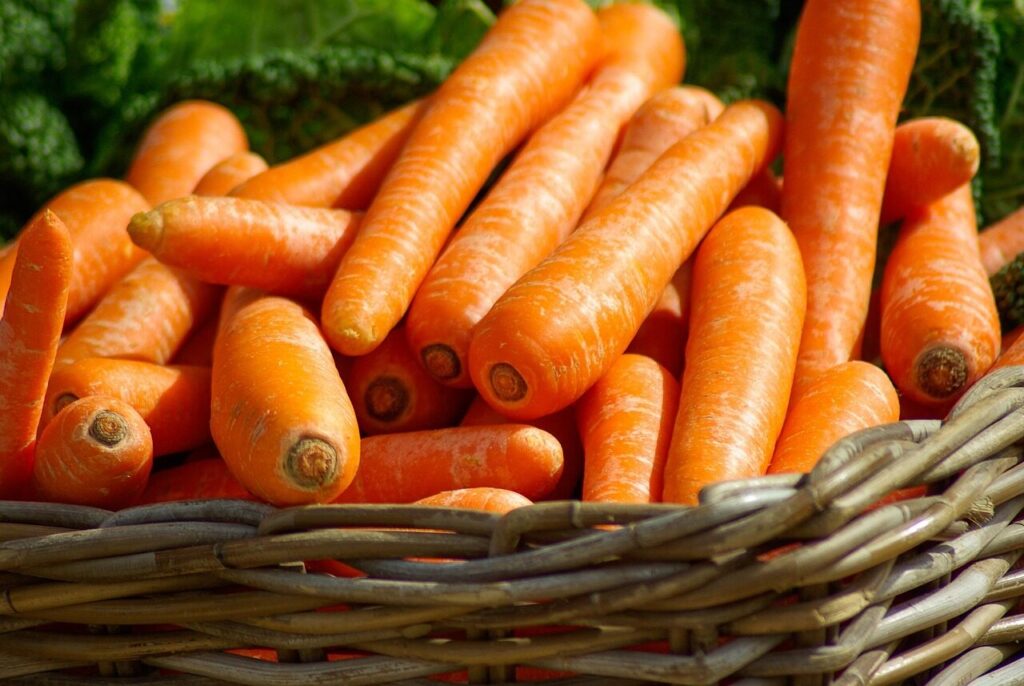
The belief that carrots help you see better, especially at night, dates back to World War II when pilots credited carrots for their improved night vision. While the story was partly propaganda, it is true that carrots are rich in beta-carotene, which the body converts into vitamin A, a nutrient essential for healthy eyes. Vitamin A deficiency can lead to night blindness, making carrots a real aid to vision health. Though they won’t give you “super sight,” they do support your eyes in a very real way.
2. Chicken Soup Helps Fight Colds
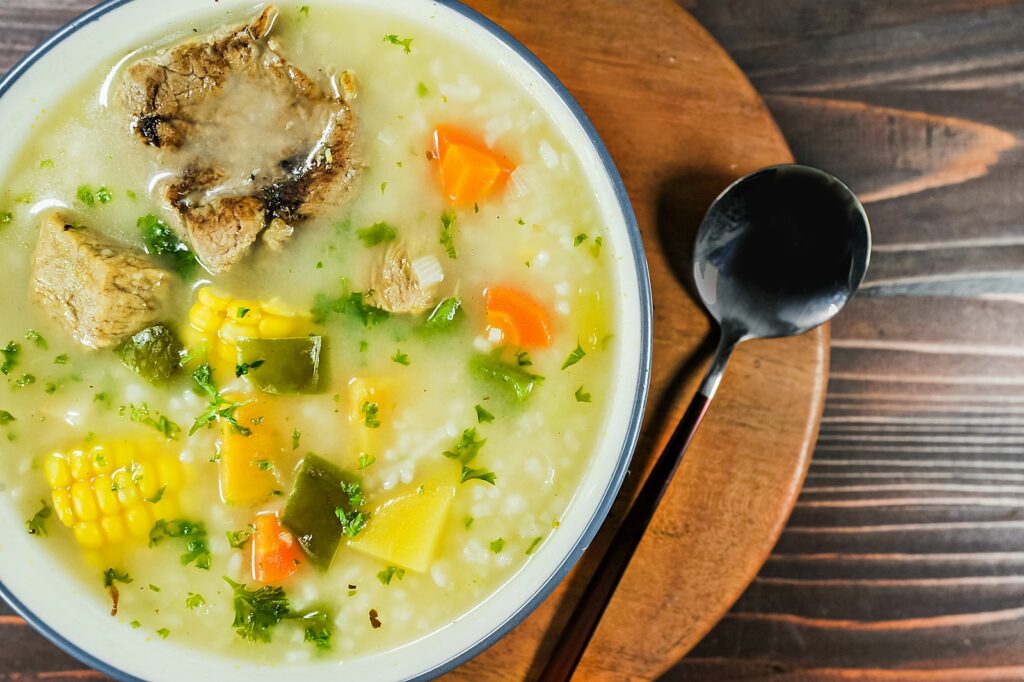
For generations, chicken soup has been the go-to remedy for colds. Science later confirmed that this tale holds true. The warm broth helps soothe sore throats, steam eases congestion, and nutrients from the chicken and vegetables support the immune system. Studies in the 2000s even showed that chicken soup reduces inflammation in the upper respiratory tract, helping you recover faster. While it isn’t a cure-all, the comfort and real health benefits make this old remedy more than just a cozy tradition.
3. An Apple a Day Keeps the Doctor Away
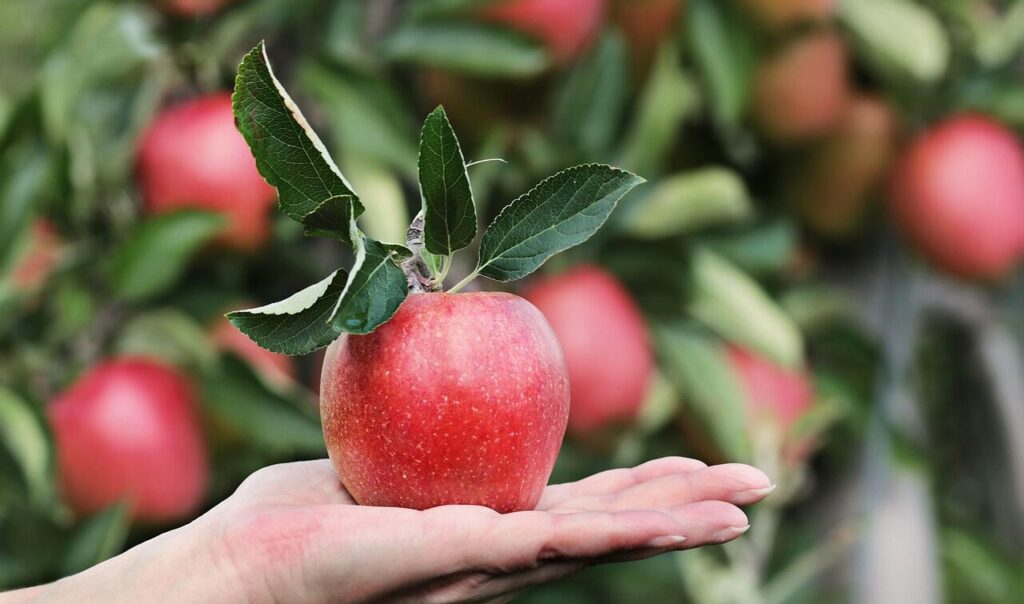
This phrase dates back to 19th-century Wales, where the original saying encouraged eating apples before bed. Apples are high in fiber, antioxidants, and vitamin C, which all contribute to better overall health. Research has linked apples to reduced risks of heart disease, certain cancers, and even improved gut health. While eating apples doesn’t guarantee avoiding illness, the habit of including them in your diet does support long-term wellness, proving this old rhyme carries real nutritional truth.
4. Honey Soothes a Sore Throat
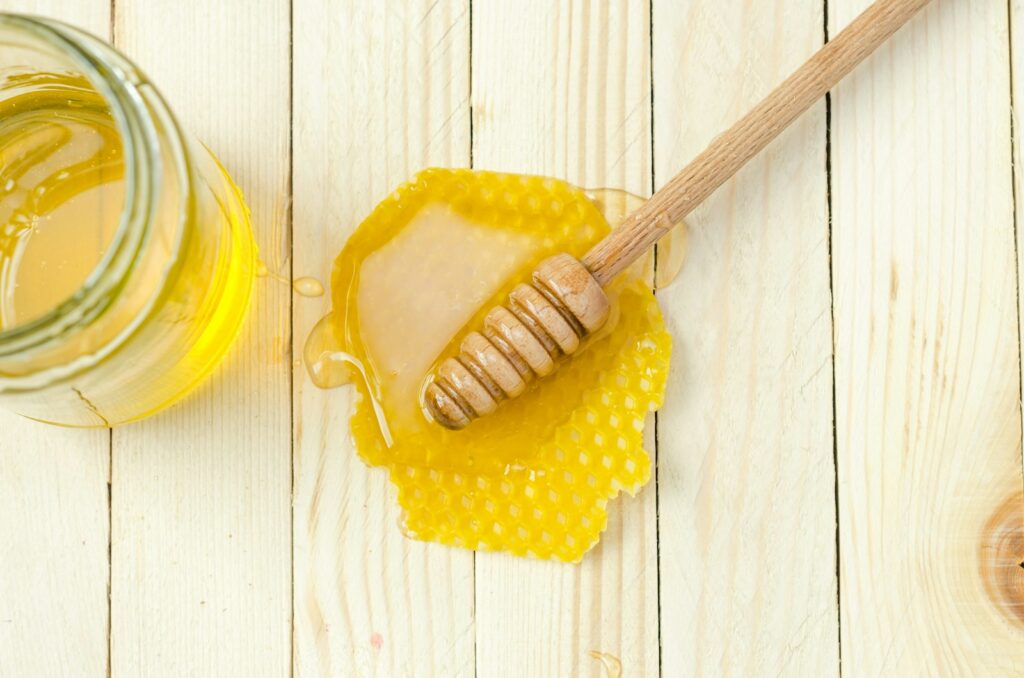
Long before lozenges, honey was used as a natural cure for sore throats. Ancient civilizations used it for wound healing, and modern science confirms its antibacterial and anti-inflammatory properties. Studies show that honey coats the throat, easing irritation, while its natural enzymes help fight bacteria. A 2007 study even found honey to be as effective as some cough medicines for calming nighttime coughing in children. This sweet remedy is more than comfort; it’s genuinely healing.
5. Cold Weather Can Trigger a Cold

The saying that you’ll “catch a cold” by going out in chilly weather may not be fully accurate, but there’s truth behind it. Cold temperatures weaken the immune response, and viruses survive longer in lower humidity. Research also shows that blood vessels in the nose narrow in cold air, reducing white blood cell defense. While the virus itself causes colds, being cold increases vulnerability, making this age-old warning scientifically reasonable.
6. Fish is Brain Food
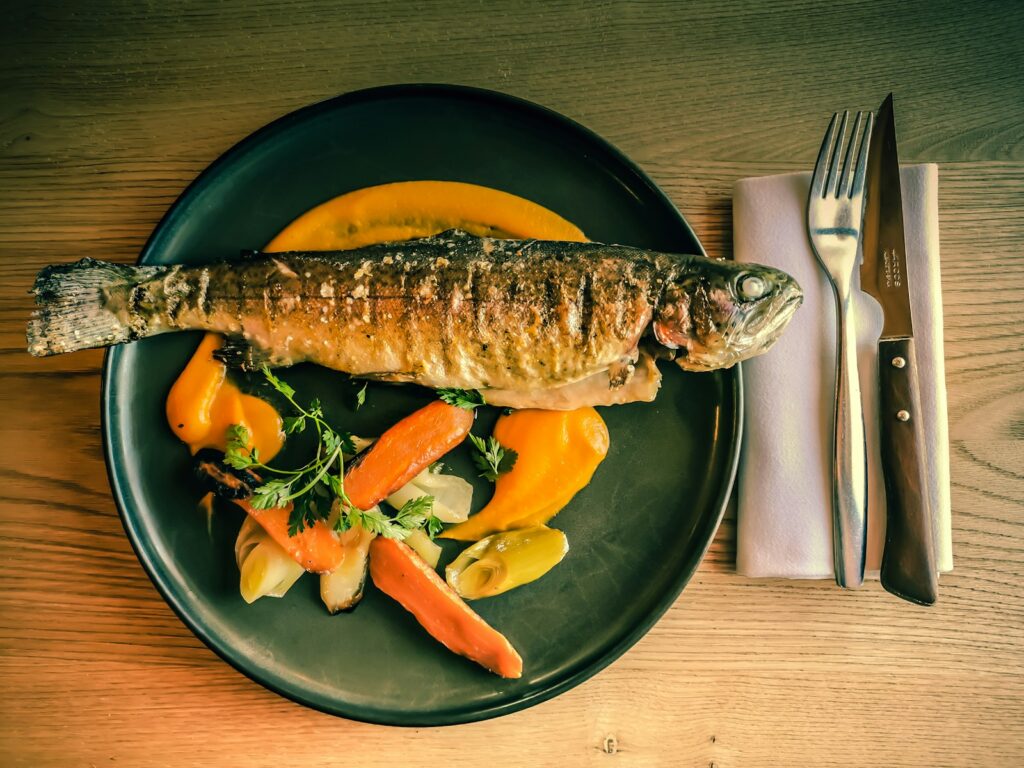
For generations, parents urged children to eat fish, calling it “brain food.” Science now confirms the link: fish, especially fatty varieties like salmon, are packed with omega-3 fatty acids, vital for brain development and function. Studies show regular fish consumption improves memory, concentration, and even reduces the risk of Alzheimer’s. Ancient diets rich in fish supported both cognitive and physical health, giving this old wives’ tale strong scientific backing.
7. Garlic Fights Infections
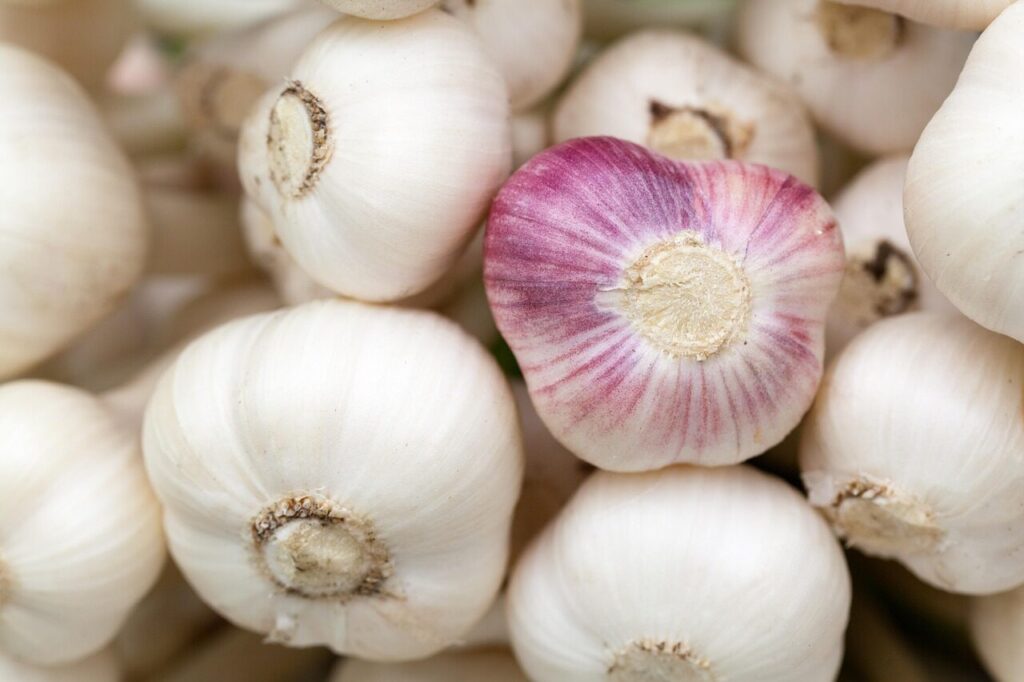
Garlic has been used as a natural medicine for centuries, and the belief in its power against illness is grounded in fact. The compound allicin, released when garlic is crushed or chopped, has antibacterial, antiviral, and antifungal properties. Modern research shows garlic can shorten the duration of colds and support heart health by lowering cholesterol. Ancient Egyptians and Greeks used garlic medicinally, proving this folk remedy was built on careful observation and experience.
17. Spinach Makes You Strong
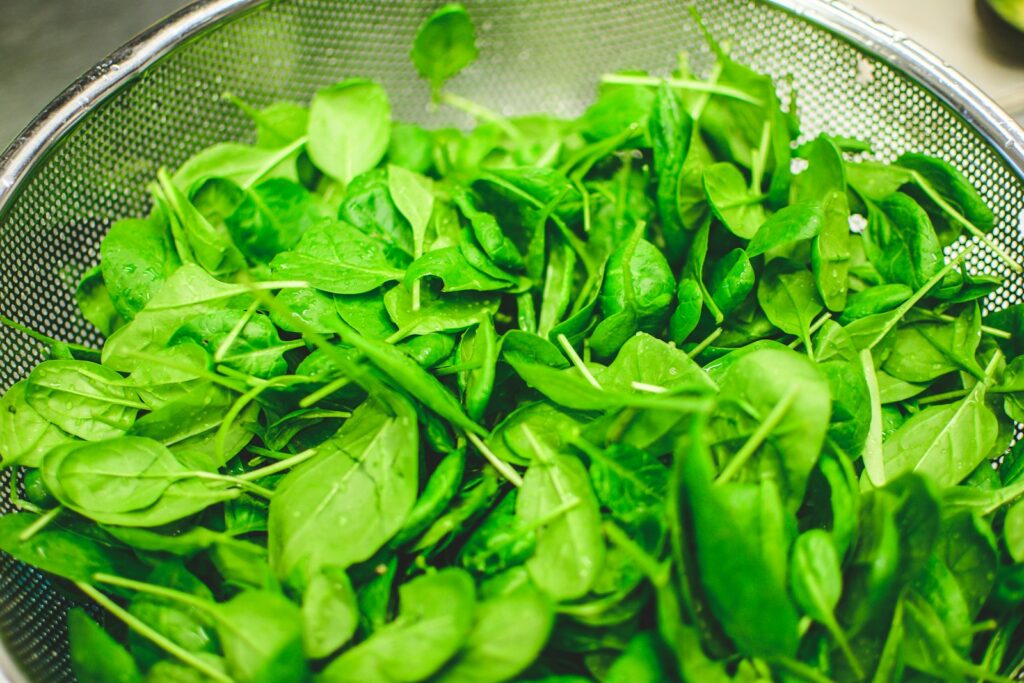
The tale of spinach’s strength-boosting powers was popularized by Popeye but rooted earlier in its high iron and vitamin content. Built on nutritional value, spinach provides folate, magnesium, and antioxidants that aid energy and muscle function. Though it won’t make muscles grow instantly, diets rich in spinach genuinely support physical health. Parents urging children to eat their greens weren’t wrong because this leafy vegetable does build strength over time.
9. Warm Milk Helps You Sleep
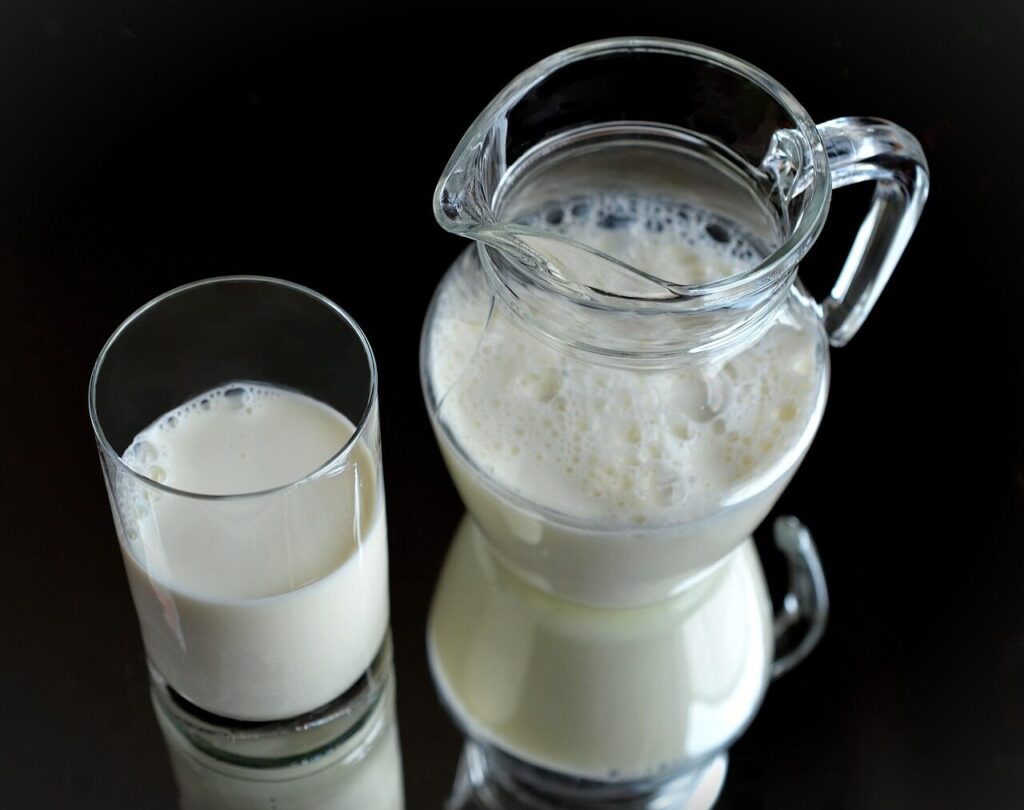
Before sleeping aids, many families swore by a glass of warm milk at night. Science supports this idea because milk contains tryptophan, an amino acid that helps produce serotonin and melatonin, hormones responsible for relaxation and sleep. The warmth itself also has a soothing, calming effect, making it easier to drift off. This old wives’ tale reflects centuries of practical bedtime wisdom that science later explained in biochemical terms.
10. Ginger Settles an Upset Stomach
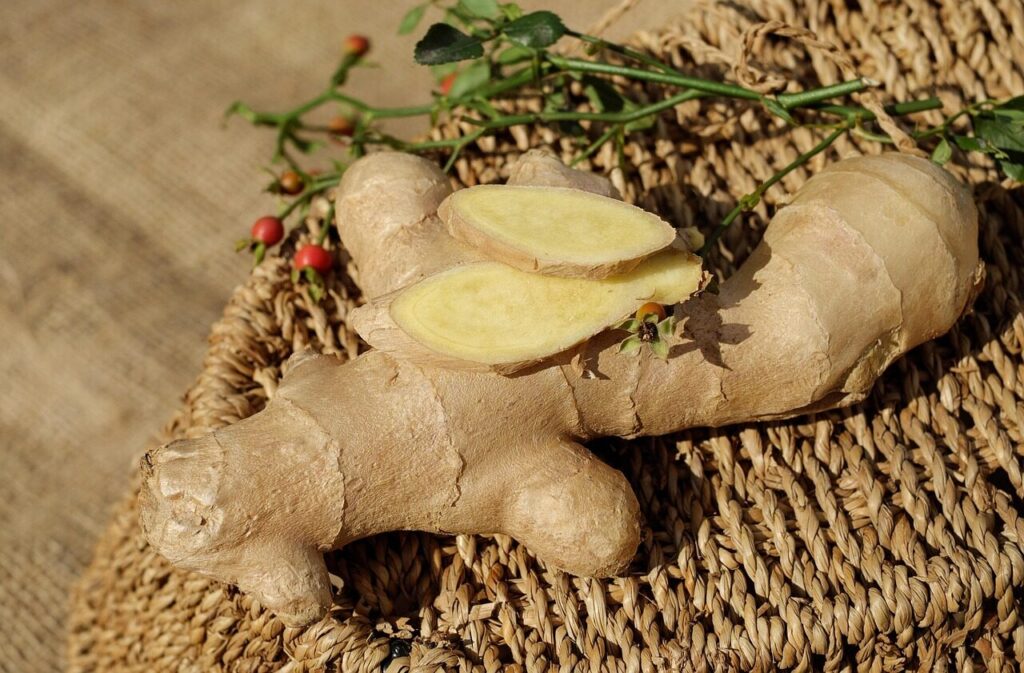
For centuries, ginger has been used across Asia as a remedy for nausea and stomach discomfort. Science confirms that gingerols, its active compounds, reduce nausea and improve digestion. It helps with morning sickness, motion sickness, and even chemotherapy-related nausea. This tale was built on long-term observation, and today ginger teas and supplements remain trusted remedies. It’s an example of traditional knowledge aligning perfectly with medical research.
11. Butter Helps Heal Burns

Applying butter to burns was common advice from older generations, and while modern medicine advises against it due to infection risks, the tale comes from a real principle. Butter creates a barrier that prevents air exposure, temporarily easing pain. However, today we know cool running water is far better for healing. Though outdated as a treatment, the tale reflects the early understanding of how to soothe and protect sensitive skin after burns.
12. Spicy Food Can Clear Sinuses
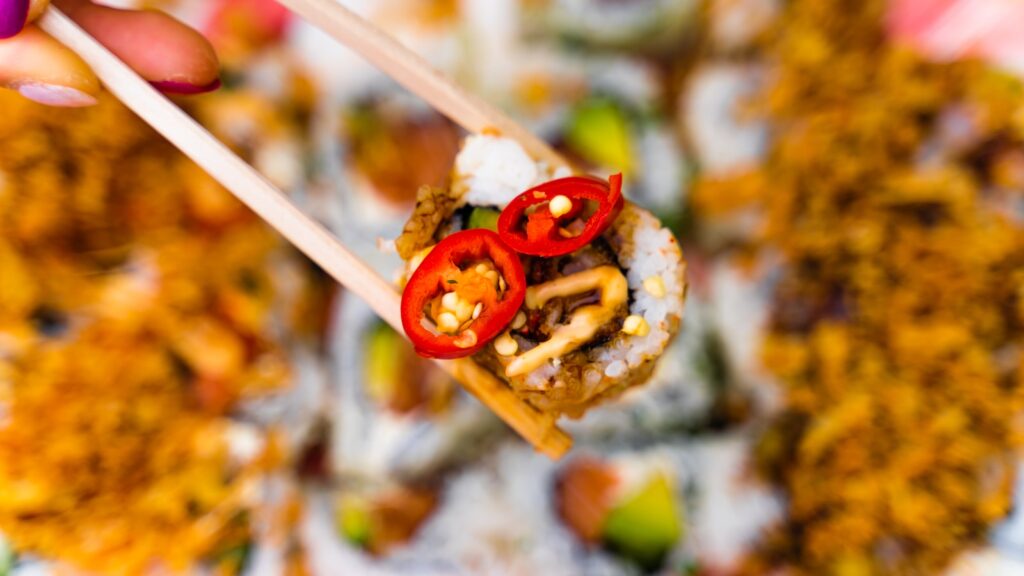
Generations have turned to spicy food when congested, and science backs this up. Capsaicin, the compound in chili peppers, helps thin mucus and open nasal passages, providing temporary relief. The heat also stimulates circulation and can reduce inflammation. While it doesn’t cure infections, the immediate effect of easier breathing explains why this remedy has survived through the ages. It’s a flavorful way to find real relief from stuffy sinuses.
13. Chewing Parsley Freshens Breath
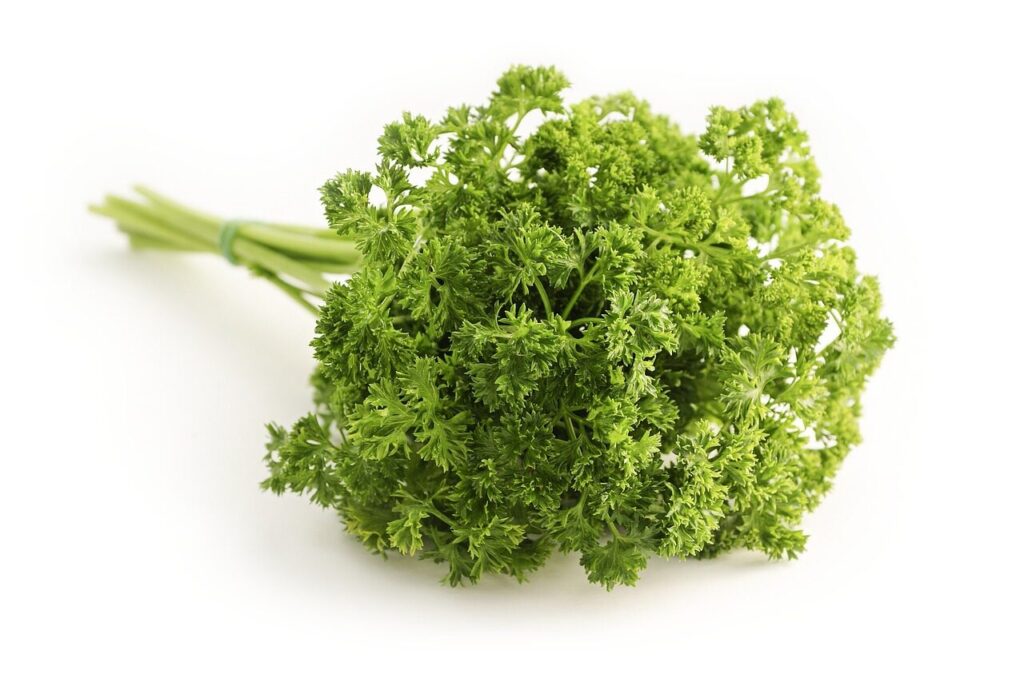
Long before commercial mints, parsley was the natural choice for freshening breath. This belief is scientifically sound: parsley contains chlorophyll, a natural deodorizer that helps neutralize bad odors. Chewing fresh leaves after a meal can reduce sulfur compounds responsible for bad breath. Ancient Romans and Greeks often used parsley after feasts for this exact purpose. This tale demonstrates how herbal remedies offered practical solutions before modern oral care.
14. Cold Showers Boost Circulation

Old wisdom claimed that cold showers invigorate the body and improve circulation. Science confirms that exposure to cold water causes blood vessels to constrict, then expand once warmed, stimulating circulation. This process helps energize the body, reduce muscle soreness, and even strengthen immunity. Nordic cultures have practiced cold plunges for centuries, with noted health benefits, showing this “shocking” practice is more than just toughening up; it has real physiological value.
15. Laughing Really is the Best Medicine

For ages, laughter has been praised as a cure for stress and sadness. Modern science proves it: laughing reduces stress hormones, boosts endorphins, improves circulation, and strengthens the immune system. Hospitals even use “laughter therapy” for patients, demonstrating its measurable health impact. Ancient wisdom recognized that joy itself has healing power, and now psychology and medicine confirm that a good laugh is truly therapeutic.
Comments